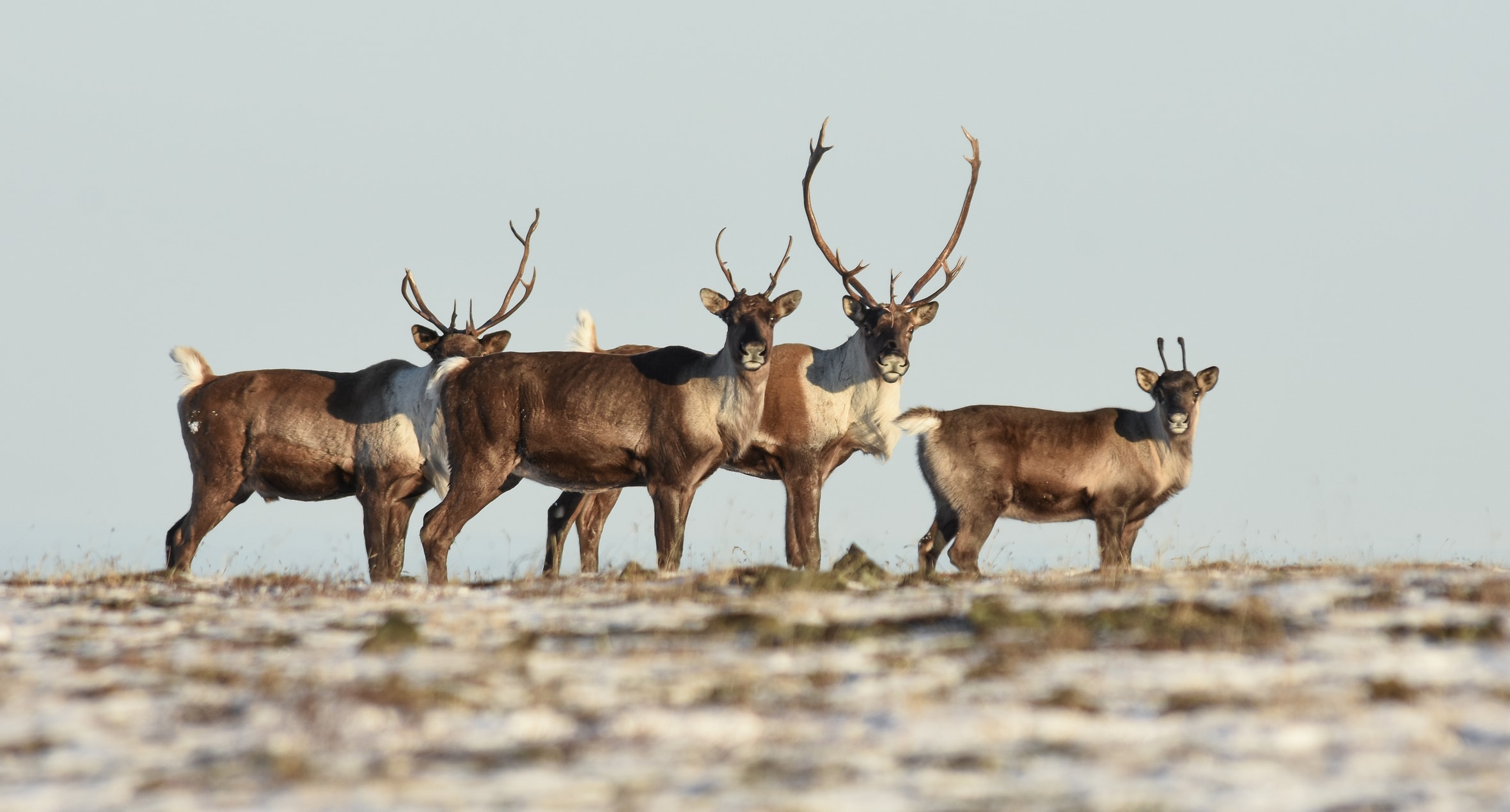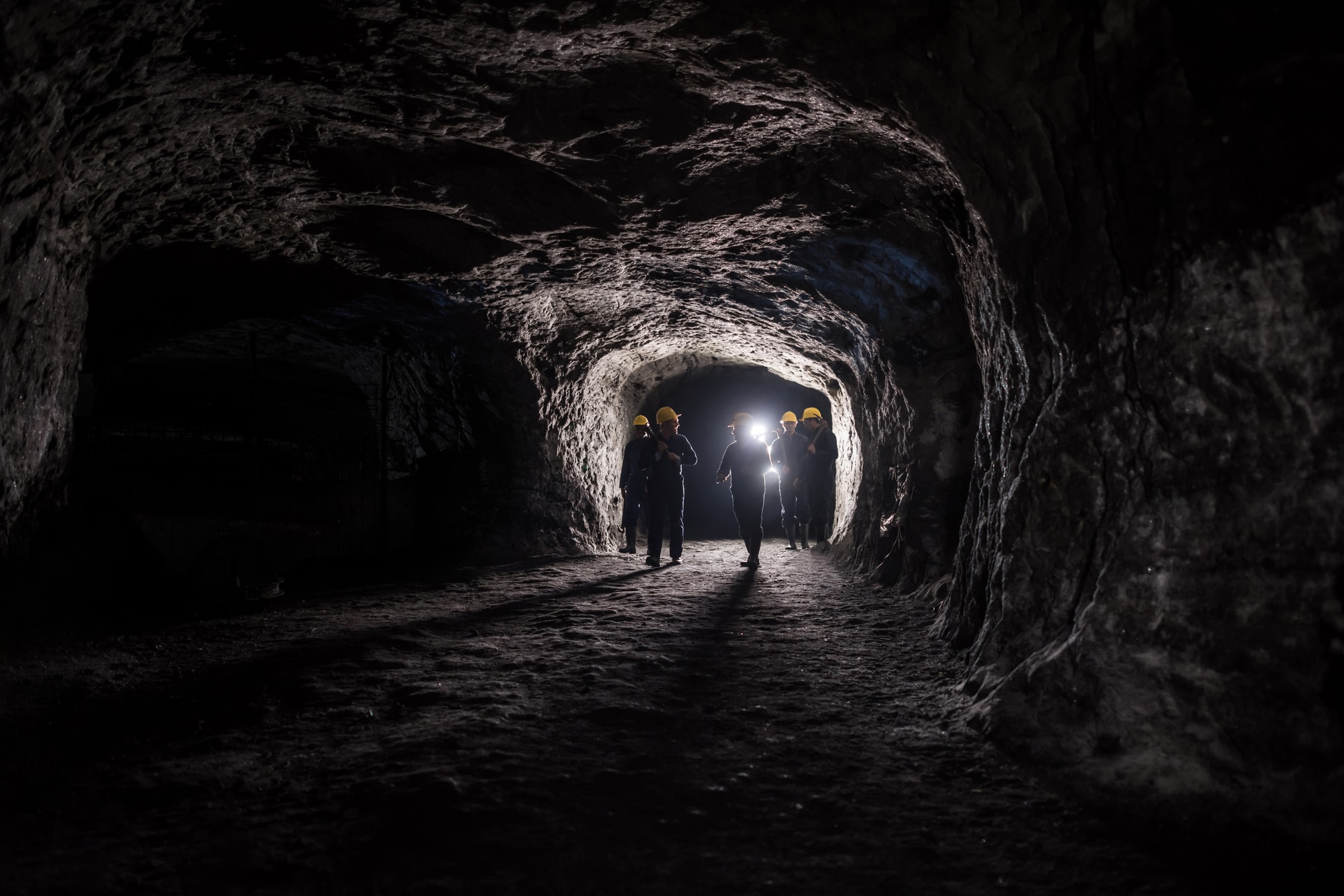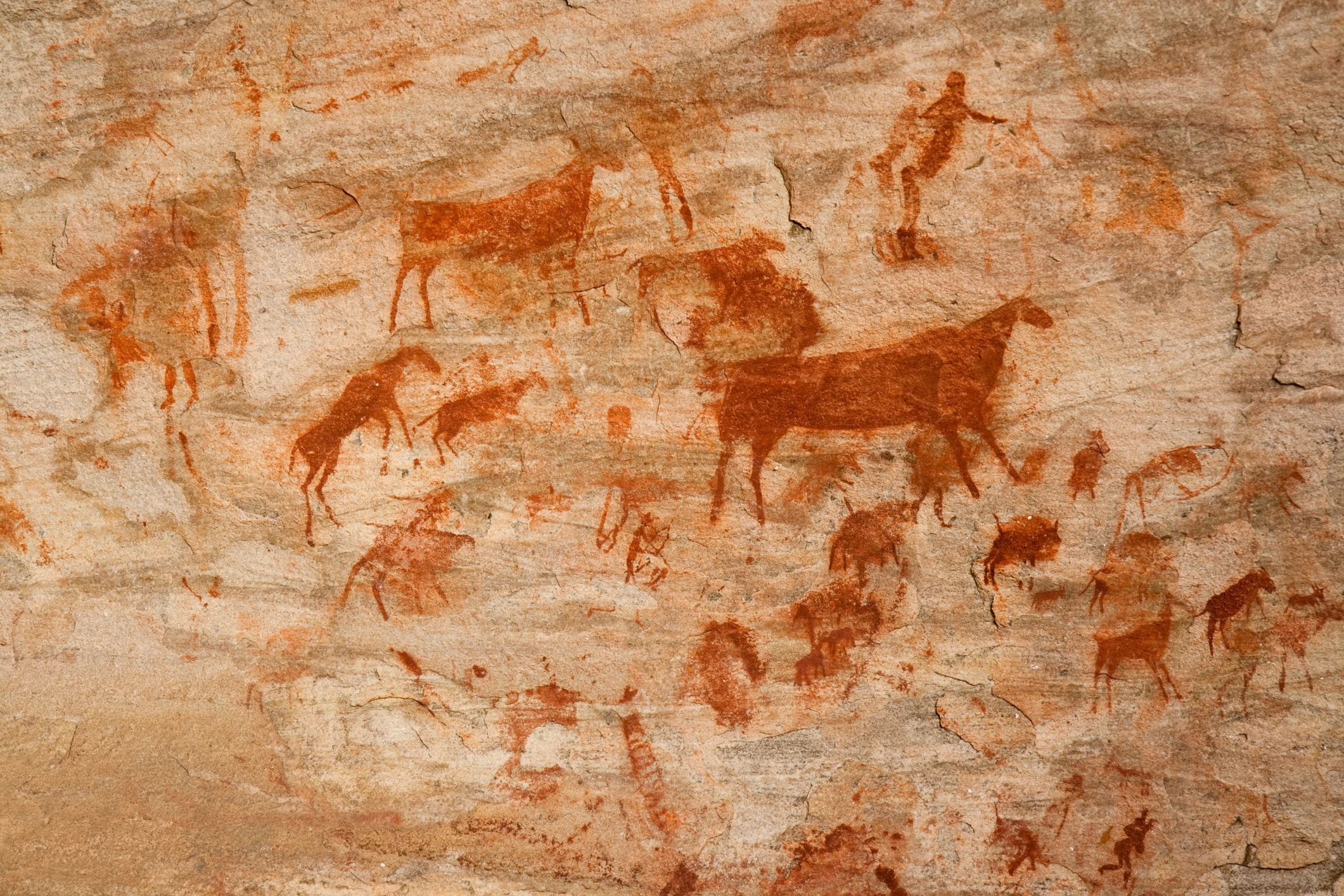Neanderthals are our closest extinct human relatives, we share 99.7% of their DNA. They lived in Eurasia 200,000 to 30,000 years ago, when they eventually became extinct.
Neanderthal’s have previously been thought of as brutish cavemen with low-intelligence, however, scientific research has shown a more accurate picture. Evidence has shown that they used tools, controlled fire, deliberately buried their dead and occasionally marked their graves with offerings, such as flowers – no other primates or other earlier human species had demonstrated this behaviour.
The first Neanderthal fossil was discovered in 1829, however, it was not recognised as a human ancestor until future discoveries. In 1856, a group of men working in a quarry in the Neander Valley near Dusseldorf Germany, discovered remnants of a skeleton, and these got passed onto scientists who had never seen a specimen like it before. They found 16 bones, including an oval shaped skull with a low, receding forehead and distinct brow ridges.
There is some debate as to whether they should be classified as Homo neanderthalansis or Homo sapiens neanderthalensis – a subspecies of Homo sapiens.
Compared to modern humans, their bodies were shorter and stockier than ours, and their facial features were distinctively different, such as their angled cheek bones, wide noses, and prominent brow ridges. Their short and stocky build was an evolutionary adaption for cold temperatures, and it is suggested that their wide nose helped humidify and warm cold air. However, their brains grew at a similar rate to modern humans, and were about the same size or larger. It was originally thought that Neanderthals grew up faster than modern humans, reaching adulthood sooner and dying younger, similar to chimpanzees.
Christoph Zollikofer of the University of Zurich in Switzerland said:
"It's the old saying, 'live fast, die young’. It was thought that this was the primitive way, and that modern humans were further evolved into a slow life history, living a longer lifespan. Our major conclusion is there was no real difference between Neanderthal and modern human life history — they were equally slow."
Neanderthals lived for hundreds of thousands of years in extremely harsh conditions. Compared to early humans living in Africa who had access to edible plant foods, Neanderthals were living in extreme cold climates, forcing them to hunt for meat as a food option. Scientists have uncovered sharp wooden spears and large numbers of big game remains that were hunted by Neanderthals. Although research has shown Neanderthal’s diet consisted of lots of meat, scientists have also found plaque on the remains of their molar teeth containing starch grains, which suggests that they ate plants.
Fossil evidence suggests that Neanderthals evolved in Europe, separately to modern humans in Africa. Like modern humans, Neanderthals originated in Africa but migrated to Eurasia long before humans did.
One of the most commonly debated aspect of Neanderthal life is whether or not they interbred with modern humans. There are a range of conflicting opinions on this topic, some believe that they definitely interbred whilst others don’t believe that they even existed at the same time. However, a study in 2010 shows that modern humans share 99.7% of their DNA with Neanderthals. The Neanderthal Genome Project found that 1-3% of the average non-African human’s genome is made up of Neanderthal DNA. The average modern African has no Neanderthal DNA. This suggests that the first opportunity for interbreeding was after modern human had left Africa.
It also not known for sure why Neanderthals became extinct, there are several theories surrounding this. They disappeared around the same time that modern humans arrived in Europe, which leads many to suspect the two events are closely related, and that modern humans contributed to their extinction, either by outcompeting them for resources or through direct conflict. Another theory is that Neanderthal reproductive success and survival rates were poor compared to humans. Others believe that the extinction of Neanderthals is a result of abrupt climate changes.
Here are 10 fun facts about Neanderthals
1. It wasn’t until 2010 that a Neanderthal’s genes were physically readable. A Paleogeneticist, Svante Pääbo, was able to sequence the DNA from 3 Neanderthal skeletons that were found in Croatia successfully.

2. Traces of Chamomile and Yarrow have been discovered in the plaque on Neanderthal teeth. These are both two anti-inflammatories which shows that they had access to medicine.
3. Neanderthals were incredibly skilled hunters. Research in 2011 has shown that they used the migration patterns of reindeer in order to time how long they would stay in specific hunting locations, watching their prey.

4. First ever Neanderthal evidence arose in 1856 by miners who discovered fossils in Germany’s Neander Valley. However, other local historians believed the bones belonged to a lost Cossack.

5. Neanderthals cared for their sick and elderly family members; multiple research such as a burial pit in France, 1908, has shown that during the years that a family member had become ill, the group would have cared for them. This could be anything from community support within the group or chewing food for them. Careful burials of the members have also been noted.

6. Neanderthals are known for is the tools that they built, even used today. The would make spears by hafting stone points to wooden shafts and sticking them together with glue; all handmade of course.

7. Creationists, up until the mid 1970’s, were still not convinced about Neanderthal fossils and claimed that any Neanderthal remains found were actually modern humans that suffered with arthritis or acromegaly.
8. The earliest known cave art on Earth was made by Neanderthals according to a 2018 study. They found that many paintings created in caves all over Spain had been painted over 64,000 years ago. At this point in time, Neanderthals were the only human species on the continent. Some of the art work included paintings of animals, hand prints and engravings.

9. Neanderthals were great at controlling fire. A study in 2011 from the University of Colorado showed that out of 141 fireplace sites visited in Europe, they found that each provides clear evidence of sustained fire use which included the heating of charcoal, artifacts and burned bones.

10. If you have Neanderthal ancestry, the genes inherited have some great benefits. Neanderthal genes come in alleles and these help to protect you against viruses. One of these viruses is Epstein-Barr which is linked to types of cancer.

